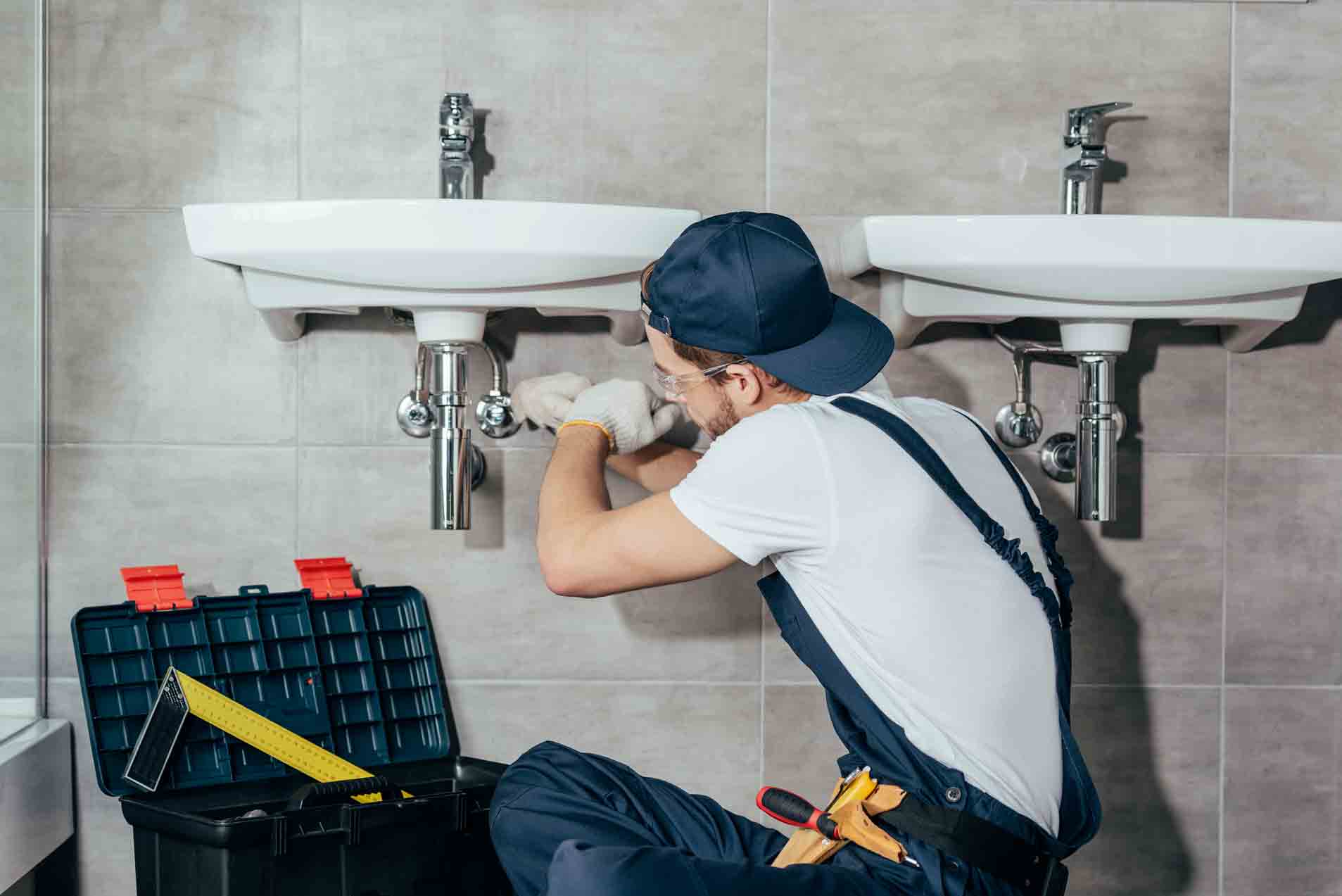How Your Plumber Can Help You Save Money

Your plumber does more than make sure your pipes are in good condition - this professional can help you save money on some regular household expenses as well. Learn how your plumber can help reduce your energy bill and make your home function more smoothly.
Turn Down Your Thermostat
Water heaters are installed with the temperature set automatically to 140 degrees. Have your plumber turn down your water heater's temperature to a lower setting. 120 degrees is recommended for optimum energy efficiency, although you can have the setting turned lower.
Not only will turning down your water heater's temperature setting make your water supply safer and help prevent accidental scalding, but the small temperature change saves you money. Expect to save up to 10% on your hot water energy costs.
Your plumber will show you how to adjust your water heater's temperature settings so you can periodically adjust the hot water supply as needed. However, keeping a steady lower temperature setting on your water heater will help the unit last longer and continue saving you money.
Insulate Exposed Pipes
Insulating exposed hot water pipes near your washing machine, in your basement, and around your water heater saves you money on energy costs while preserving your exposed pipes against freezing in colder temperatures.
When your plumber professionally insulates your pipes, water temperatures naturally increase up to 4 degrees, which can equal up to 4% in savings on your energy bill annually according to the U.S. Department of Energy.
Repair Leaky Faucets
A single dripping faucet wastes up to 10 gallons of usable water per day, which adds up on your monthly water bill. If one or more of your faucets are leaking in the home, the water waste adds up: one dripping faucet costs around $20 a year in wasted H2O.
Your plumber will check the O-rings and other components of any leaking faucets in the home, allowing you to preserve water supply and reduce water waste. Have your plumber check all faucets inside your home and those attached to your home's exterior to take care of any undiscovered leaks.
Change Plumbing Fixtures
You save money when you upgrade your toilet and showerhead to energy-efficient models. Home & Garden Television Network estimates that a low-flow toilet alone can save you up to $100 per year or more on your water bill - depending on your family size and how frequently your toilet is used.
This is because a standard toilet uses up to 7 gallons of water per flush while a low-flow option uses as little as under 2 gallons per flush.
A low-flow showerhead saves money in the same way a low-flow toilet does and disperses under 2 gallons of water per minute as opposed to traditional showerheads, which can produce up to 4 times that amount or more, reports HomeTips.com.
The trick to an ideal showerhead is maximizing water pressure while lowering the amount of water used per use; your plumber will select a model of showerhead ideal for your needs.
Perform Small Repairs
A constantly running toilet wastes water in the home and wears this plumbing fixture out. Leaks under sinks pose a mold and mildew threat and damage wood and other structural parts of the home. Small repairs made by your plumber today will help you save money by preventing larger repairs or fixture replacements in the future.
Write down all the plumbing concerns you have in the home and make an appointment to have your plumber address most or all of your minor issues in one visit. Doing so will save you money on actual plumbing repair labor. Whether you have a large plumbing issue or want to upgrade plumbing fixtures in the home, rely on our services at Express Plumbing & Drain Service. Call us today to schedule an appointment.





